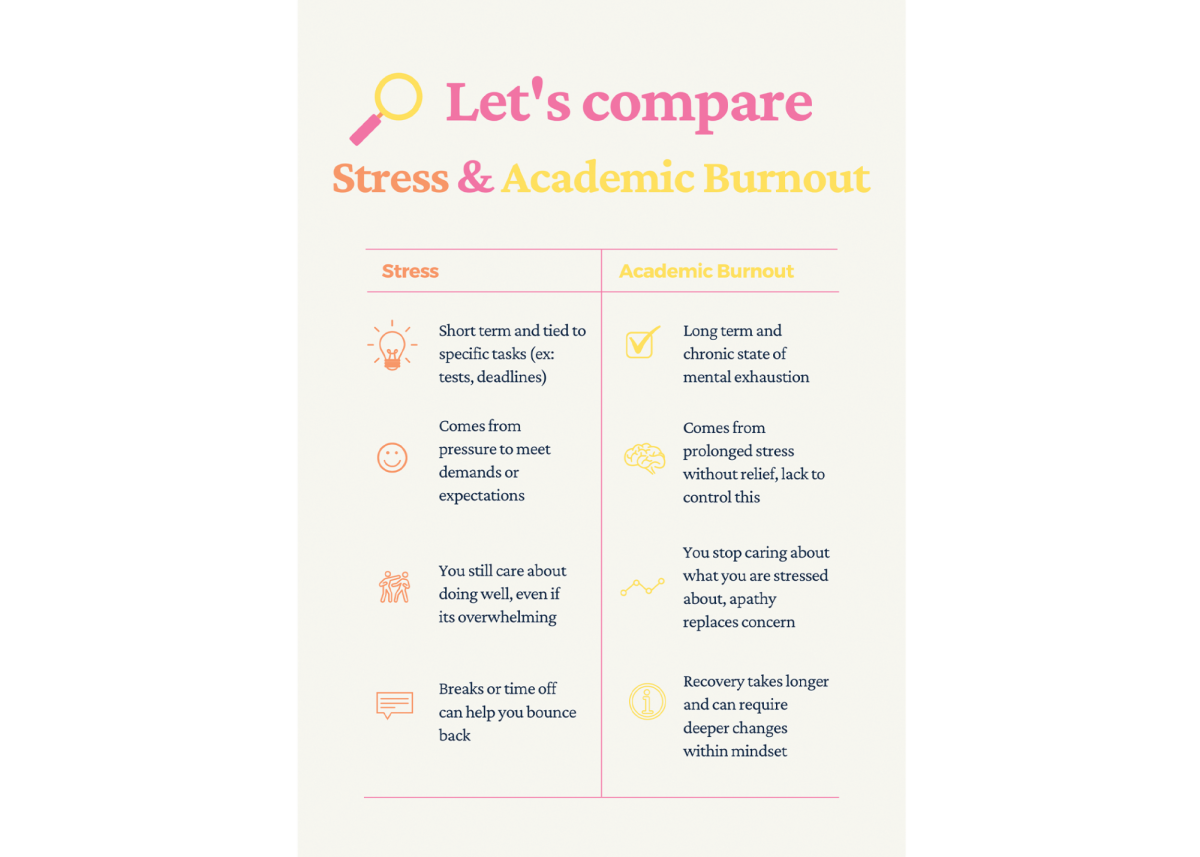Plague of the sedentary: Join schools in standing up for our future selves
April 16, 2018
JWe stand for a lot of things, but are we standing up for our own lives?
In the future, most of us will make a living working 9 to 5, sitting in front of a desk and doing our jobs, but that job may end up harming us in ways we never imagined. According to the Washington Post, the average person spends over 40% of their lives sitting down, and the effects are irreversible.
Southeast Football coach Fred Thorne has felt the effects of too much sitting. “A lot of my back issues stem from sitting down,” said Thorne, and he’s not the only one. People of all ages experience the negative effects, they just don’t show up until later in life.
According to medical informant Healthline, standing has many benefits, including burning more calories, lowering the risk of type 2 diabetes, and feeling less fatigued. Margaret Proffitt, Southeast’s bookkeeper, started using a standing desk this year, and feels like she is already reaping the benefits of a more upright work day, “I feel like you get a lot done, you’re not just stuck in your chair.”
A standing desk can actually be multiple things, from an elevated stand, to a laptop on top of a stack of books. Shelby Chopp, Southeast’s secretary, really enjoys having the choice to stand after coming from a job where she had to sit all day, “I think it should be an option [for anyone]. It just gives you a little bit of time to stretch and not be at a desk sitting all day.
Some people even have a small treadmill under their desks so they can walk while they work, which, according to clinical research within Diabetologia, “plays a crucial metabolic role.”
Thorne has had his standing desk for over a year, and has been amazed with it, “We weren’t made to sit in a chair for 8 to 12 hours out of our day.” While being a weightlifting teacher, he views the effects that sitting has on people every day. During class he sees the effects of sitting through the bad posture of the freshman boys, “It’s not like it’s a genetic defect,” he said, it’s just what happens after sitting for the past eight years of school.
Assistant principal Jay Elliott at Westgate Elementary School in Nebraska has taken a stand to, “Provide [students] choice in their seat selection.” And since the 2016 school year, they have given students the option of using standing desks during their classes. “I think the majority of kids enjoyed them,” said Elliott.
Elliott is not the only one worried about the future of his students. Coach Thorne is, too. “We’ve trained [students] throughout their school career to sit down, and then we want them to leave and be healthy, we’re not really doing anything to promote that [healthy] lifestyle [in schools].”
The change is not just a teacher-led idea, but is also based off of scientific evidence. In a study of the health of children and the effects of a stand-based, versus seated classroom, The Department of Health Promotion and Behavioral Sciences states, “Changing a classroom to a stand-biased environment had a significant effect on students’ BMI percentile, indicating the need to redesign traditional classroom environments.”
Not only do the students have improved health conditions, but it prepares them for life outside of school. In his closing remarks, Thorne said, “If we could keep kids more in that [active] environment, where it’s okay to stand up… then yeah, we should be promoting that more [in schools rather] than hindering it.”
Teachers at Westgate Elementary and LSE started standing up for themselves last year, creating the perfect opportunity for students to fight sedentary norms and improve the quality of their learning environments too.








